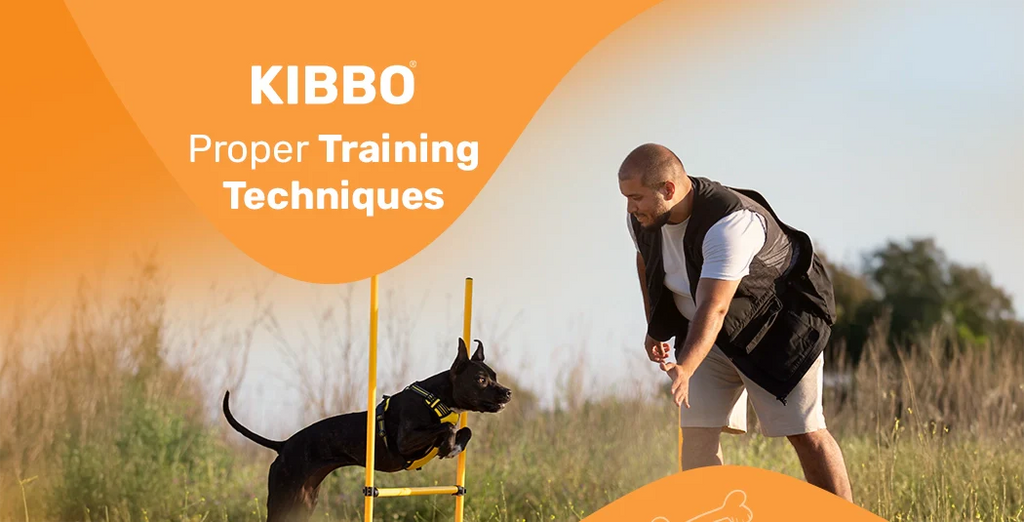
Proper Training Techniques

Pets are considered a member of the family, and like any family member, they require proper training. Whether you have a dog, cat, bird, or any other pet, training them is crucial for their overall health, happiness, and well-being. Here are some proper training techniques for pets that you can use to ensure your pet is well-behaved and well-adjusted.
Positive Reinforcement
The use of positive reinforcement is an effective training technique that involves rewarding your pet when they exhibit good behaviour. This technique is based on the idea that rewarding good behaviour will encourage your pet to repeat it in the future. Rewards can include treats, praise, or even playtime with their favorite toy.
Consistency
Consistency is key when it comes to training your pet. You need to establish clear boundaries and rules and stick to them. This means that everyone in the household needs to be on the same page and enforce the same rules. If one person allows your pet to do something that another person doesn’t, your pet will become confused and won’t know what behaviour is expected of them.
Patience
Training your pet requires a lot of patience. It’s important to remember that your pet won’t learn overnight, and it may take several weeks or even months for them to fully grasp what you’re trying to teach them. Avoid being frustrated or angry when your pet makes mistakes, and instead, focus on encouraging good behaviour.
Short Training Sessions
Pets have a short attention span, so it’s important to keep training sessions short and sweet. A training session should only last between 10-15 minutes, and you should aim to have several sessions throughout the day. By keeping the sessions short, your pet will be more focused and engaged, making it easier for them to learn.
Use Simple Commands
When training your pet, it’s important to use simple commands that they can easily understand. Commands such as sit, stay, and come are easy for pets to understand and will make training easier for both you and your pet.
Don’t Use Physical Punishment
Physical punishment, such as hitting or spanking, is not an effective training technique and can actually harm your pet’s mental and emotional well-being. It’s important to remember that your pet is a living, feeling being and should be treated with love and respect.
Seek Professional Help
If you’re struggling to train your pet or if your pet has developed behavioural issues, it may be time to seek professional help. A professional trainer or behaviourist can help you develop a training plan that’s tailored to your pet’s specific needs and can help you address any behavioural issues that may arise.
CONCLUSION
In conclusion, proper training techniques are essential for any pet owner. By using positive reinforcement, consistency, patience, short training sessions, simple commands, and avoiding physical punishment, you can train your pet to be well-behaved and well-adjusted. Remember that training takes time, so be patient and don’t give up. With time and effort, your pet will become the well-behaved companion that you’ve always wanted.












